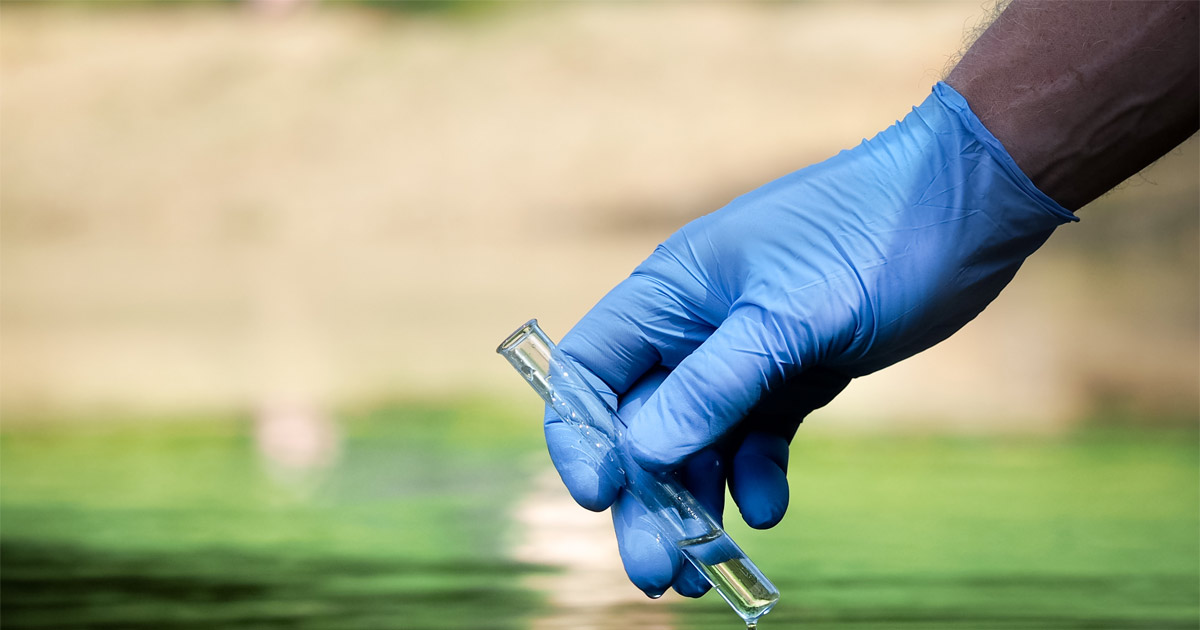MENU
- Home
- Overview
- Attorneys
- Practice Areas
- Firm News
- Blog
- Contact

A recent study by the Environmental Working Group (EWG) and researchers from Indiana University have found that molecular interactions with per-and polyfluoroalkyl substances (PFAS) act similarly to cancer-causing chemicals. PFAS consists of 26 synthetic substances, including perfluorooctane sulfonate (PFOS) and perfluorooctanoic acid (PFOA). PFOS and PFOA water contamination is concerning because these chemicals have been linked to various health issues. Additionally, PFAS are primarily used in the manufacturing processes of countless products, such as food packaging materials and household products.
The recent study suggests that PFAS can be linked to cancer and other adverse health issues. Researchers from the EWG studied 10 traits of PFAS in human and animal cells and found at least one carcinogenic characteristic. Though it does not officially label PFAS as cancer-causing agents, the evidence is beginning to point in that direction.
PFAS have been used in many industries since the 1940s, particularly in the United States. Though the usage of PFAS has significantly decreased over the years, they can still be found in the environment and common products. PFAS are referred to as “forever chemicals,” as they do not decompose and can accumulate in almost everything, such as the water, air, and even in the human blood stream. Alarmingly, research has revealed that PFAS can be found in the blood of over 97 percent of Americans.
PFAS are commonly found in the following:
Household Items: PFAS are found in non-stick products, like Teflon cooking pans, stain-repellant fabrics, and water-repellant fabrics or shoes. Additionally, fire extinguishers, certain paints, and waxes contain PFAS.
Water: PFAS accumulate around the factories or facilities that previously used PFAS to manufacture their products. Then, it permeates through the surfaces and pollutes local reservoirs or well water systems.
Food and Animals: PFAS have been found in animals, thus rendering some food supplies contaminated. PFAS can build over time as it is truly never broken down, even in the body. Another main source of PFAS is food packaging products.
Though PFAS have been phased out in American manufacturing, they are still used in other countries. The United States and eight chemical manufacturers worked together to eliminate the chemical PFOA and other similar substances, but they have not been completely eliminated.
Several studies have shown that long-term exposure of PFAS can lead to several different health issues, including cancer. In fact, there are different kinds of cancers that are linked to PFAS, including kidney cancer, breast cancer, and non-Hodgkin’s lymphoma. Health organizations have not explicitly stated that PFAS alone cause cancer. More research must be made to substantiate it. However, studies have shown that PFAS combined with other factors increases the risk of cancer.
Scientists perform two different types of experiments to determine how PFAS cause cancer. One type involves the use of animals. Test animals are exposed to PFAS over a certain amount of time and observed. Some developed tumors or other health issues. The other experiment involves studying communities near PFAS-related factories. Those that lived near PFAC-related facilities had a higher risk of developing different types of cancer, such as testicular cancer, kidney cancer, ovarian cancer, and thyroid cancer.
Additionally, PFAS have been linked to the following:
People become exposed to PFAS simply by inhaling their decomposition, working closely with PFAS, consuming contaminated water, or eating food with PFAS. It is extremely difficult to exactly trace how PFAS show up in the human body. Scientists believe it may be impossible to fully prevent oneself from exposure.
Drinking water is one of the primary causes of exposure. Scientists believe PFAS are detectable in all water supplies across the United States. In fact, the highest levels of PFAS are found in water supplies in major cities.
Scientists and doctors are not entirely sure how to completely eliminate PFAS. It is highly recommended to have drinking water tested on a regularly basis, and contact the proper authorities if levels are too high. Even though preventing exposure is nearly impossible, limiting the amount of exposure is more achievable. If one believes they have developed health issues because of PFAS, they should contact a lawyer as soon as possible.
Drinking water, food, and common household items have traces of PFAS, increasing the risk of cancer. If your drinking water has been contaminated, then contact one of our Wilmington environmental lawyers at Jacobs & Crumplar, P.A. right away. Call us at 302-656-5445 or complete our online form f 302-656-5445 or a free consultation today. Located in Wilmington and Millsboro, Delaware, we proudly serve clients throughout Dover, New Castle County, and Sussex County.